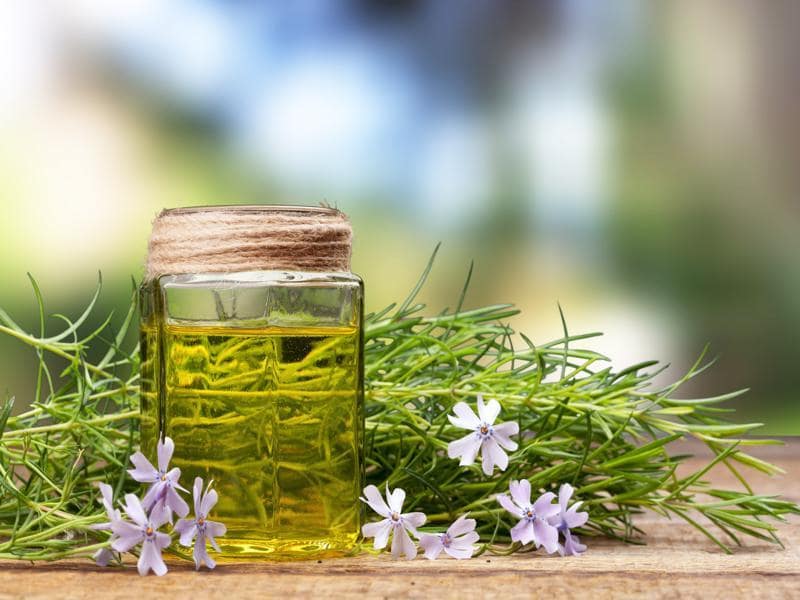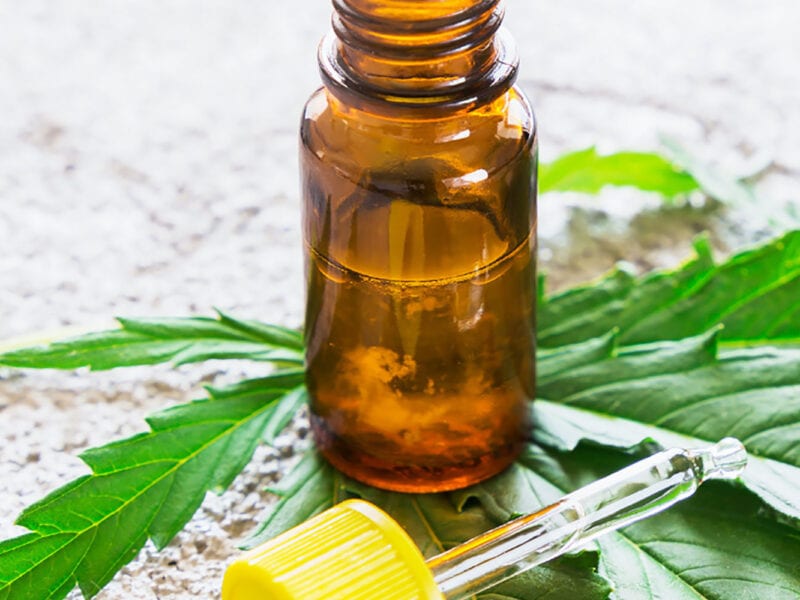
With so many people becoming interested in CBD, it’s no wonder that creative ways of using it are emerging. Especially considering that many people complain that the taste of CBD oil is very earthy and that it is unpleasant to put a few drops under the tongue on a daily basis. CBD is generally available in the form of a dietary supplement, so some people have started to introduce it into cooking to create their CBD recipes.
You can buy different ready-made edibles through the internet, but the high price of these does not make them too affordable. To avoid that expense, why not try cooking with CBD oil? It is very easy and you can surprise yourself in the kitchen.
Whether or not you’re handy in the kitchen, there’s no reason not to give it a try. There are many recipes available with different levels of difficulty so everyone can give it a try. Without further ado, here’s a complete guide to CBD recipes that include CBD in different forms, tips for cooking with CBD, and the benefits of having CBD in your pantry.
Why CBD is important
Cannabidiol (CBD) is a compound found in the hemp plant, and knowing that it can be beneficial to health is surprising to many. This substance can interact with the endocannabinoid system (ECS) in the body, and that system is responsible for maintaining homeostasis. The term homeostasis refers to the ideal functioning conditions of the body, making it essential for our survival.
Sometimes the SEC may not function properly. If you don’t produce enough endocannabinoids (substances that perform various biological tasks), you may start to feel unwell and suffer from endocannabinoid deficiency. Luckily, it is possible to give your body a boost by taking CBD supplements, such as CBD oil, which can give you extra cannabinoids to make you feel better.
That’s why CBD oil can be useful in the kitchen. Most consumers ingest it sublingually, but it can be administered in different ways. One of the most creative is to make recipes with CBD.

Cooking with CBD oil
Cannabinoids, including CBD, are fat-soluble, which means they mix well with substances like oil, which is why CBD oil is becoming increasingly popular. To cook with CBD oil you will only need to add a little liquid to the fat you use in your recipes.
A popular choice is coconut oil, which is emerging as a popular food that serves as an alternative to vegetable oils because it is easier to digest than vegetable-based variants. In addition, coconut oil has been shown to effectively aid in the absorption of cannabinoids.
Since the taste of CBD oil is very strong, it is best to combine it with foods that have intense flavors. If you are one of the few who enjoy the taste of CBD oil, you can also use it in salads. Let your imagination run wild to create your own recipes with CBD: you can use it to make a cake in the oven, add it to toast or put a few drops in a curry sauce.
Recipes with isolated or crystallized CBD
Isolated CBD is different from CBD oil because it contains nothing but the cannabinoid. This is why isolated CBD does not have that particular taste that comes from the terpenes in the plant. Isolated CBD is marketed in powder form or in tiny crystals, so it is very easy to add it to any recipe.
You can eat isolated CBD without any accompaniment. Some people are reminded of the taste of cherry or mint. But if you want to add it to any food, the flavor is so subtle that you probably won’t even notice you’ve added a new ingredient. CBD powder is perfect for mixing into smoothies or sauces.
Figuring out how much powder to add to a recipe can be a little more difficult than with oil drops. Although isolated CBD has little to no flavor, you should not use it like a seasoning, but measure the amount of powder you are going to use and be careful not to overdo it.


